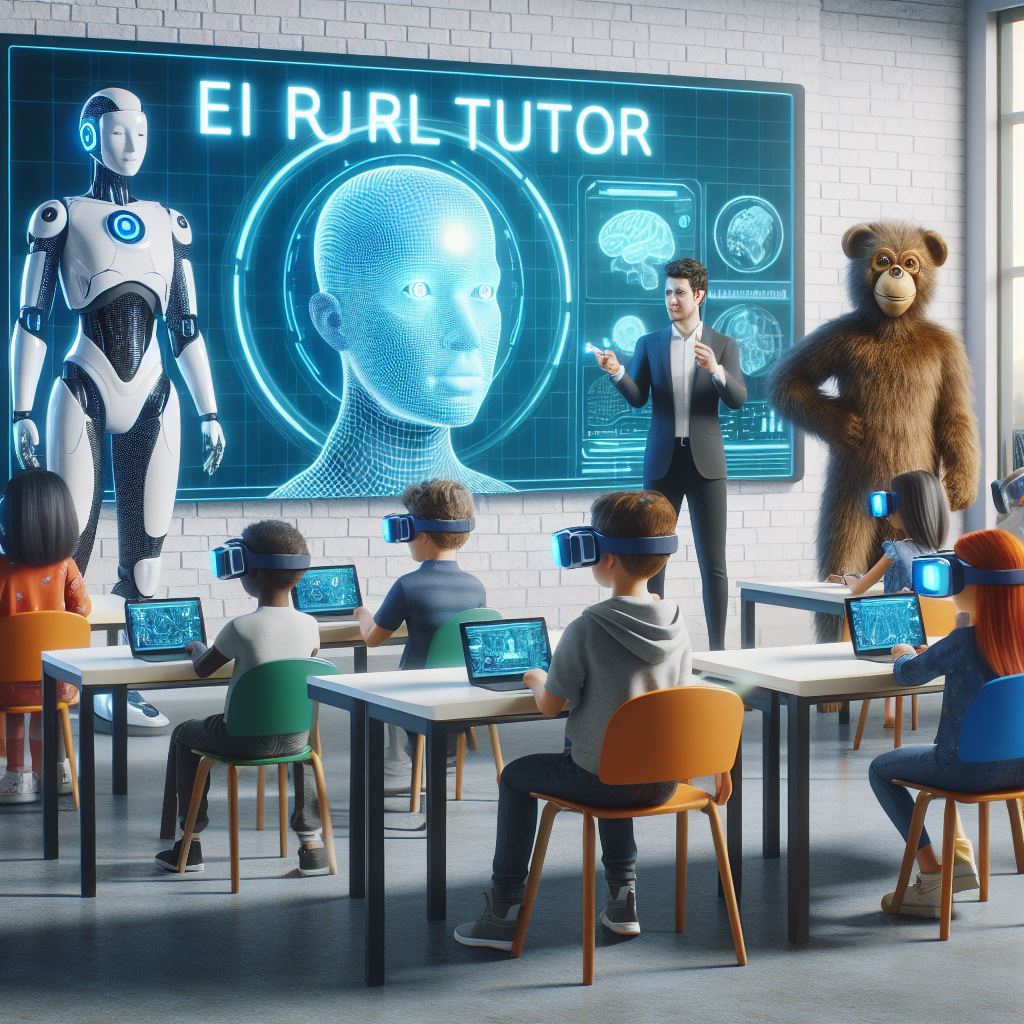The AI landscape is changing by the second but at the time this article was written “retrieval augmented generation” (RAG) typically refers to a framework or approach in natural language processing (NLP) that combines the strengths of retrieval-based methods and generative models. This approach aims to enhance the performance of text generation systems by incorporating retrieval mechanisms.
Here’s a general overview of the components involved in retrieval augmented generation:
- Retrieval-Based Methods:
- Retrieval: This aspect involves retrieving relevant information or context from a pre-existing dataset or knowledge base.
- Use of Retrieval Models: Retrieval models, often based on information retrieval techniques, are employed to fetch contextually relevant information.
- Generative Models:
- Generation: Generative models, such as language models or transformers, are responsible for generating new content or completing the generated text.
- Creativity: Generative models contribute the ability to create novel and contextually appropriate responses.
- Integration:
- Retrieval-Augmentation: The retrieved information is integrated with the generative model to augment the generation process.
- Context Enhancement: By incorporating relevant context from the retrieval step, the generative model is expected to produce more coherent, context-aware, and informative responses.
- Applications:
- Question Answering: In question-answering systems, retrieval augmented generation can be used to fetch relevant passages or answers from a knowledge base before generating a final response.
- Conversational Agents: Conversational agents can benefit from this approach by retrieving and incorporating context from previous interactions, making responses more contextually relevant.
- Benefits:
- Improved Coherence: By integrating relevant context from retrievals, the generated content is expected to be more coherent and contextually appropriate.
- Knowledge Integration: Retrieval augmented generation enables the integration of external knowledge, making it useful for applications where factual information is crucial.
It’s worth noting that the specific implementation and techniques associated with retrieval augmented generation can vary. New developments and research in NLP and generative models may have occurred since my last update. If there have been significant advancements or changes in this field, I recommend checking the latest literature or research papers for the most up-to-date information on retrieval augmented generation.


